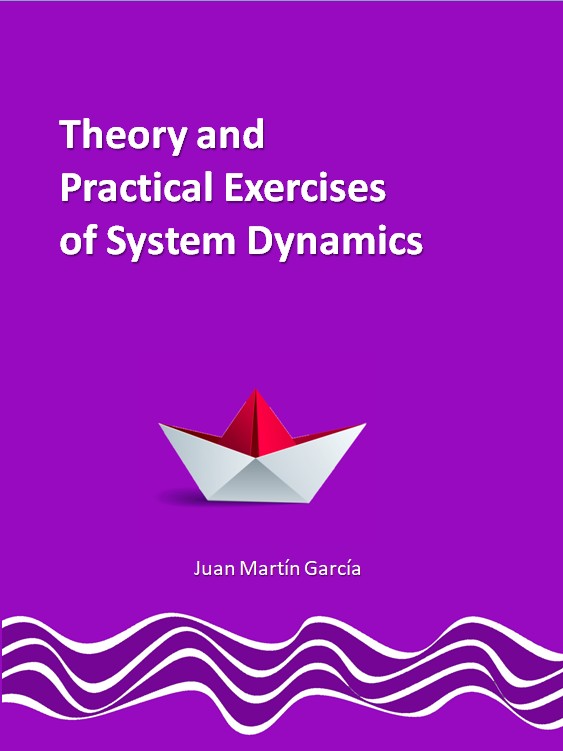Content
Paper 1. Ecosystem Services Management
The focus of this paper is on the first two steps concerning qualitative modelling to support the conceptualization of “Ecosystems services (ES)”, then to facilitate sharing a general understanding of possible dynamics and sketching introductory dynamic hypotheses about possible consequences of management policy.
2. Marine Protected Areas
The developed model has four sub-models: fish population dynamics, coral reef coverage, tourism, and pollution. The sustainability assessment was conducted using the three principles of sustainability: the amount of renewable resources, non-renewable resources, and pollution.
3. Sustainable Tourism Management
The study uses the system dynamics Causal Loop Diagram (CLD) approach, to analyse feedback loop behaviour and causal loop impacts over time. This enables better understanding of the different evolution phases of the tourist site during its push for infrastructure development.
4. Great Apes and Land Cover
This paper aimed at detecting the effects of land cover change on great apes distribution at the Lobéké National Park and its bounded Forest Management Units (FMUs). The results could illustrate that, as land cover changes from one cover type to another, increases or decreases in great apes nests were observed within each changed area.
5. Drivers of Change in Arid Environments
This paper demonstrates the suitability of dynamic simulation models to address key issues for sustainability science, like studying the long-term dynamics of social-ecological systems SESs, interactions between regions, and place-based and problem-oriented approaches to solve real-world problems. This is a good paper about the calibration of a model.
6. Greenhouse Gases and Carbon Footprint
This study showed selecting efficient animals (productively and reproductively), can produce more animal protein with less carbon footprint. A good paper to see the modeling of a cattle, study the natural dynamics of the population and show its environmental impacts.
7. Facilitating Green Innovation
This study combines four methodologies. System Dynamics is used to estimate the future trends for the industrial structure. Analytic Hierarchy Process (AHP) and Utility Theory focus on the customer’s attitude toward risk. Fuzzy logic can simplify complicated intrinsic and extrinsic factors and express them with a number or ratio that is easy to understand.
8. Water Quality Modeling
System Dynamics model was implemented to obtain scenarios that covered a combination of changes in population, agricultural and livestock farming activities, industrialization, water conservation, and pollution control. The results showed the highest total phosphorus (TP) concentrations in the reservoir when the inflow to the reservoir had decreased.
9. Wastewater Treatment
This paper presents the development of a model for better understanding the interrelation and feedback mechanism between the wastewater collection (WWC) and wastewater treatment plant (WWTP) systems. This model will enable decision-makers to assess the sustainability impacts of their strategic decisions on wastewater systems, find synergistic cost-saving opportunities, and improve the sustainability performance of their asset management plans.
10. Green Growth and Ecotax
This paper examines the possibility of combining the efforts for socio-economic improvement and environment protection through an ecotax. The model and simulations demonstrate that both the rate of the ecotax and the use of the ecotax revenue matter. A properly imposed ecotax may contribute to the achievement of both inclusive green growth and sustainable finance.
11. Economic Valuation of Natural Resources
Using the Equity Accounts this paper define the most appropriate management of natural resources and habitat, involving the ecological, technological, economic, social, cultural and political issues. Equity accounts are calculations on the economic value of NR, both physically and monetarily. With the prior recognition that there is currently a great wastage and deterioration, should rethink ecosystems as a factory.
12. Participatory Methods in Environmental Projects
This paper do not shows a model but summarise current knowledge and understanding in the public participation literature. What participatory methods should be used in which situations and particularly how they should be applied are still insufficiently addressed questions.
13. Recoverers and Recycling Organization
The paper presents a model representing a Colombian urban waste issue, where a balance between social, economic and environmental conditions must be achieved, focusing on the recoverers’ well-being. By knowing the anticipated results of the different scenarios, all parties involved are motivated to make changes in the present to obtain joint long-term achievements.
14. Gamification and project management
This work present the case study in which students were asked to elaborate a Business Model (BM) for a new product. Group Model Building (GMB) and System Dynamics (SD) were used to promote discussion about the different possible future scenarios that could appear. The results suggest that the use of problem-solving methods helps to achieve a deeper learning.







